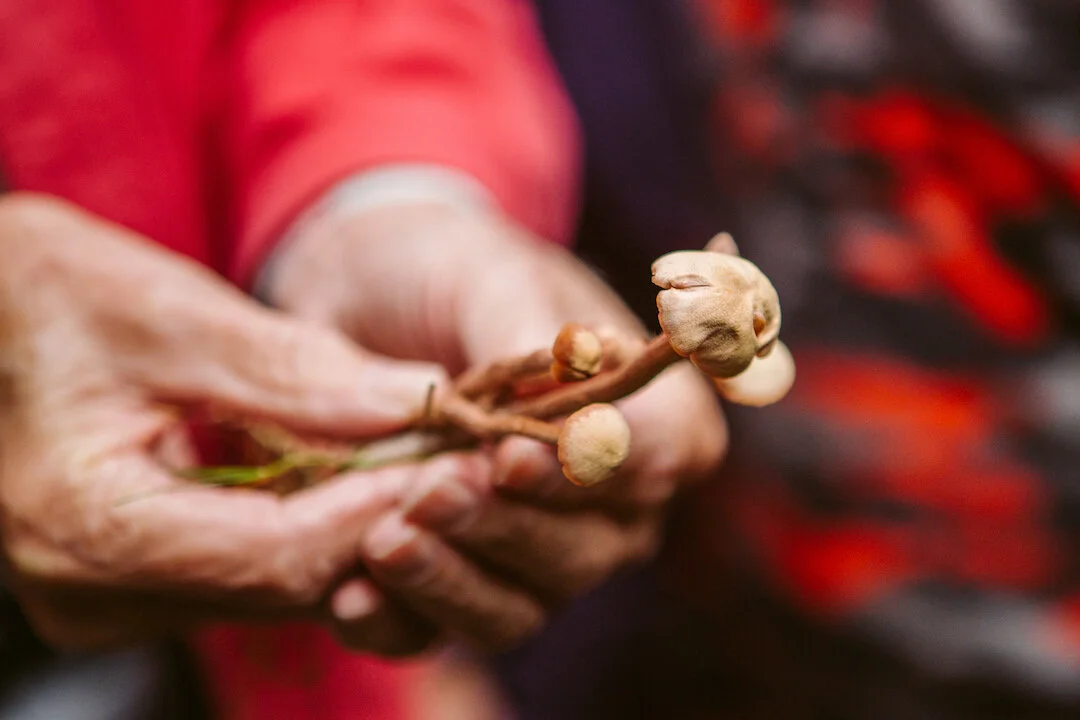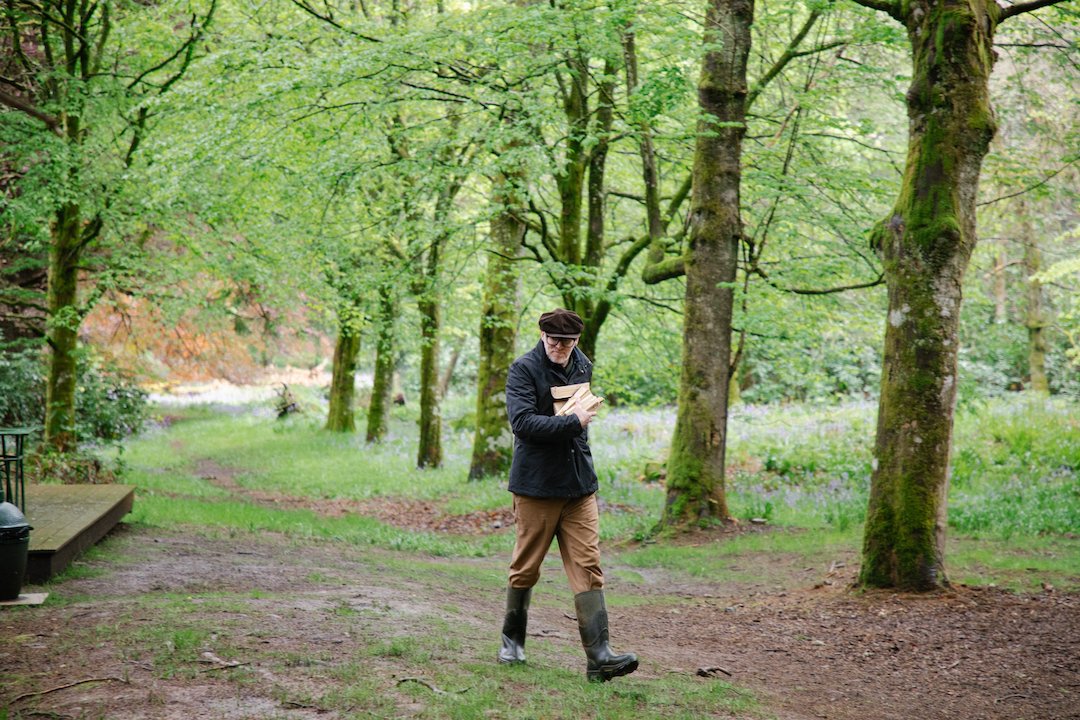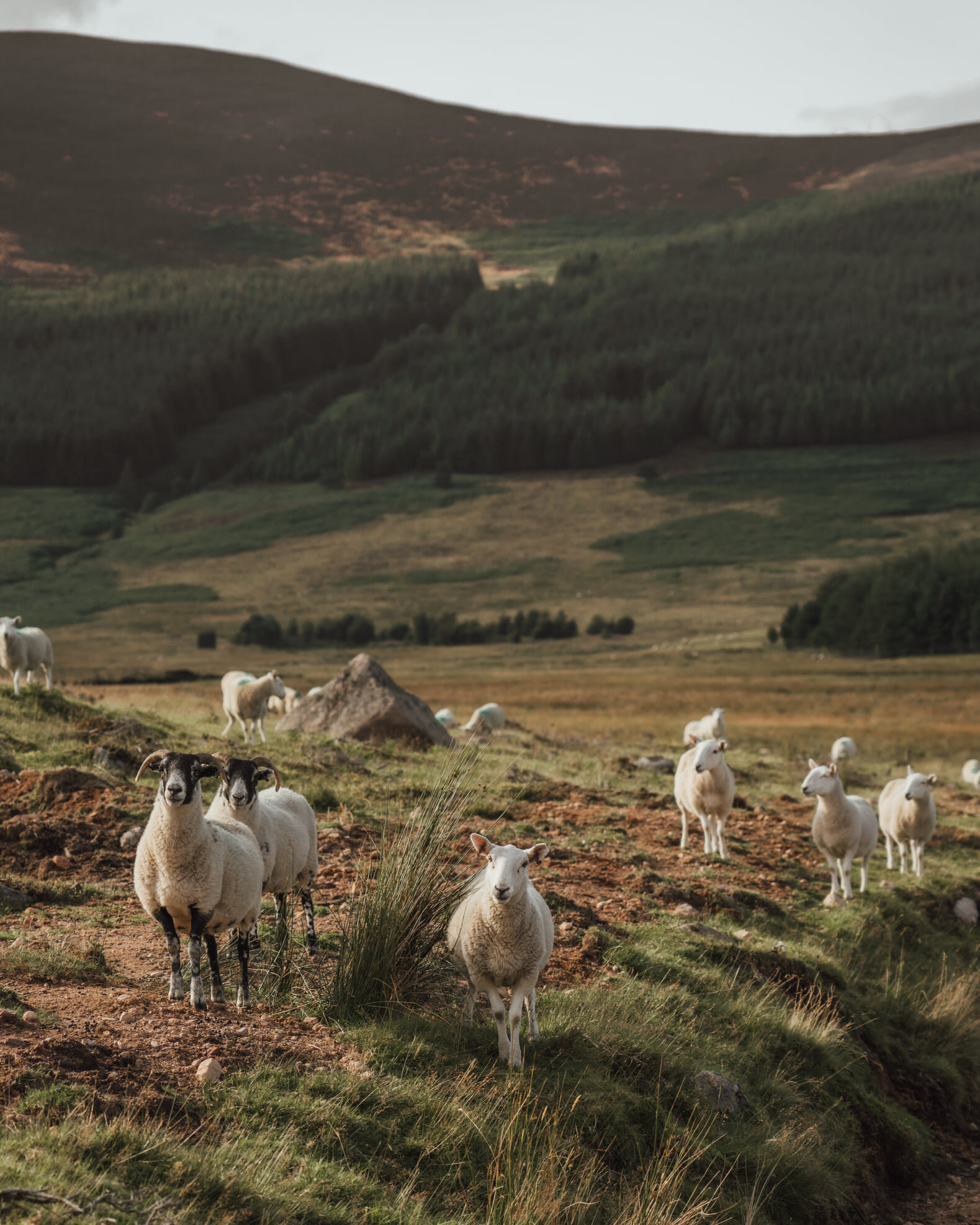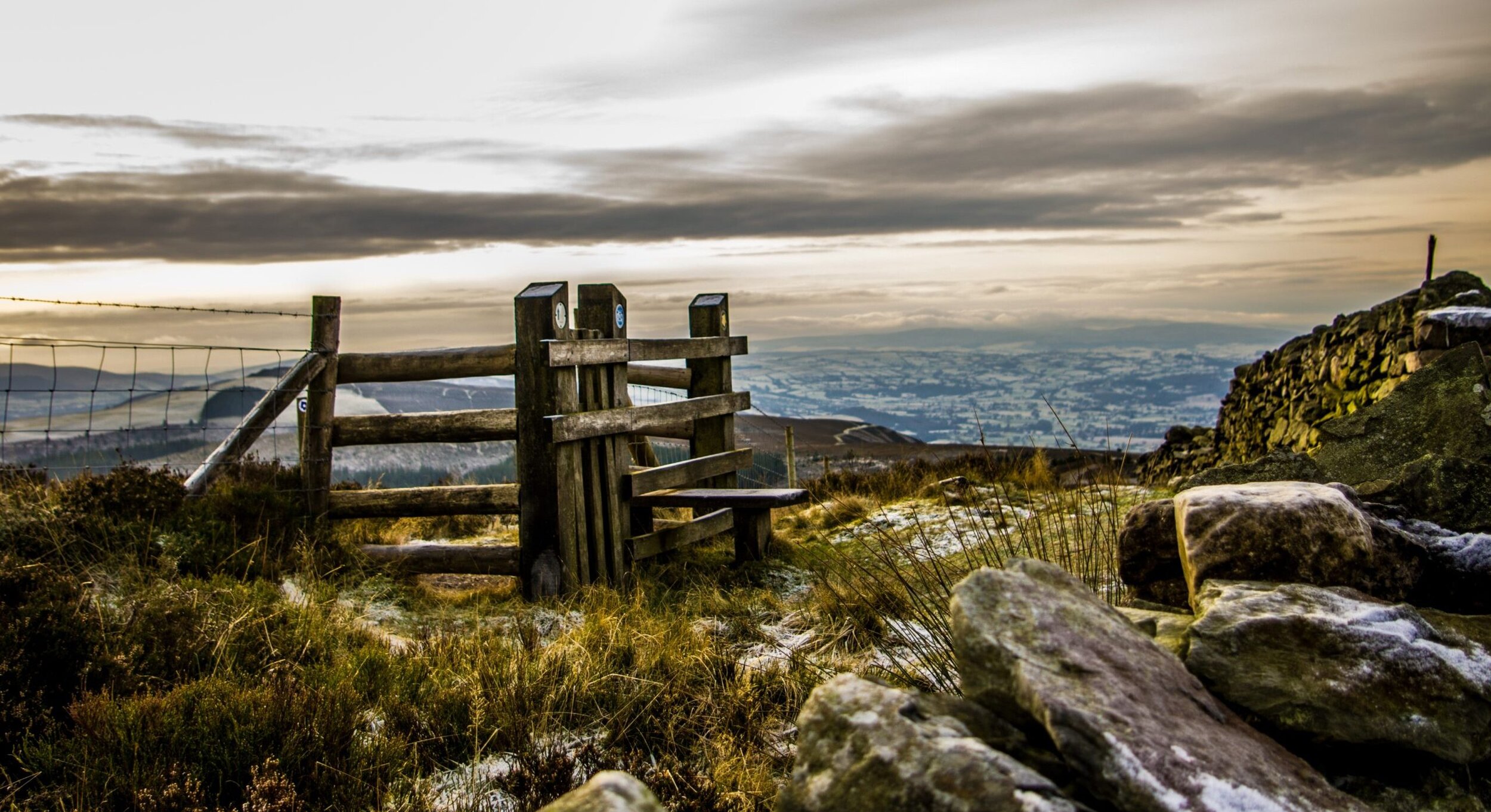Fungi And Foraging By Roger Phillips
Words by RogerPhoto by Patricia NivenRoger Phillips is a mushroom maestro and one of the most respected foragers in Great Britain.
In 1975 he began his life’s major work, photographing an encyclopaedic collection of world plants and he has since written 20 additional volumes with combined sales of 4.5 million copies worldwide.
We’ve worked with Roger for years. He’s the very best there is.
Mushrooms and Fungi are the neglected geniuses of the plant world, but they are completely essential to life, the rest of the natural world is dependent on them for their health and viability.
There are two main groups of fungi: the first I call the Water Carriers, and the second I call the Rubbish Collectors. Both of them are essential to life on earth.
The Water Carriers live in symbiosis with flowering plants.
The actual fungus is a vast network of very fine fibres, called hyphae, and a mass of hyphae is called mycelium. The single fibres are too fine to be seen with the human eye and thus, infinitely more capable than plant roots of finding water supplies, trace elements and minerals essential to the health of the plant or tree they grow in symbiosis with.
It is a trade system in which the mushrooms which do not have chlorophyll, and therefore cannot use sunlight to generate nutrients, receive sugars and other compounds that they need from the tree or plant.
In exchange, this makes it possible for trees and plants to live in poor soils, and in fact, it is the support of the truffle group of fungi that can be found on very poor, limey soils.
Mushrooms can be the largest organisms on earth, with mycelium spreading over enormous distances. One recorded Honey Fungus in Oregon has been shown to cover in excess of 2,000 acres.
In this group of Water Carriers can be found nearly all the conventional mushrooms with cap, stem and gill or pores. These include many of the best edibles and also the deadly poisonous species.
The Rubbish Collectors are no less valuable in the whole ecosystem.
They gain their supplies of sugars and other organic matter by breaking down the organic matter in dead wood and leaves, rather than direct from the plants as in symbiosis.
This group includes some of the conventional mushrooms with cap, stem and gills, but also the bracket fungi.
Many of the bracket fungi like Chicken of the Woods (Laetiporus Sulphureus) and Beef Steak Fungus (Fistulina Hepatica) are excellent edibles; others are too woody and tough to consider eating, but were used by early man as tinder and carried from site to site to start fires.
In 99% of cases, fungi growing on wood is not in any way harmful to the plants, but there are one or two exceptions: Honey Fungus (Armillaria Mellea) being one. It can actually attack living trees and shrubs.
Photo by Louise Roberts at The Good Life Experience 2019Foraging and hunting were the first methods developed by man in his search for food, over millennia, as a viable way of maintaining food supplies. Once early man learned how to control fire, around 1 million years ago, he could cook and dry his food. Much more recently, with the development of agriculture about 9,500 years ago, man was able to grow and cultivate specific foods to add to his diet.
The first evidence we have, to date, of early mushroom foraging, is from the teeth of the body of a woman who lived 18,700 years ago.
Her jawbone was discovered in a cave in Spain and she is known as the “Red Lady of El Mirón”. Wedged between her teeth was a mushroom spore, almost certainly a spore of the well-known Cep (Boletus Edulis).
Photo by Marko MarkovicThe main mushroom season is in Autumn, as mushrooms need rain to be able to develop their fruiting bodies, as well as warmth.
The mushroom season is usually quite short, and normally you will only see mushrooms in profusion when the rain is sufficient to overcome the evaporation caused by sunlight and the ground remains permanently damp. Long spells of summer rain can also trigger an early fruiting season.
There are a few mushrooms that fruit in spring whilst the ground is still wet from winter before it dries out from the summer sun. Morels and St George’s Mushroom, which both fruit around St George’s day, 23 April, may last for as long as three weeks.
Morels are found on lime rich soil near trees. My favourite, the yellow morel, is normally found with Ash, or Apple trees. It used to be quite common under Elm trees but, alas, Dutch Elm disease put paid to that. The black morel is found under a variety of trees, including Scots Pine.
Photo by Beth MacDonaldCurrently there is an increasing interest in Medicinal Mushrooms. While all mushrooms are beneficial to health, many have been used traditionally as medicine, especially in China and Japan. There is a most interesting two-day Medicinal Mushroom Conference held annually in Britain in November, in Wiltshire. Ganoderma lucidum, known as Reishi, is probably the best-known medicinal mushroom.














